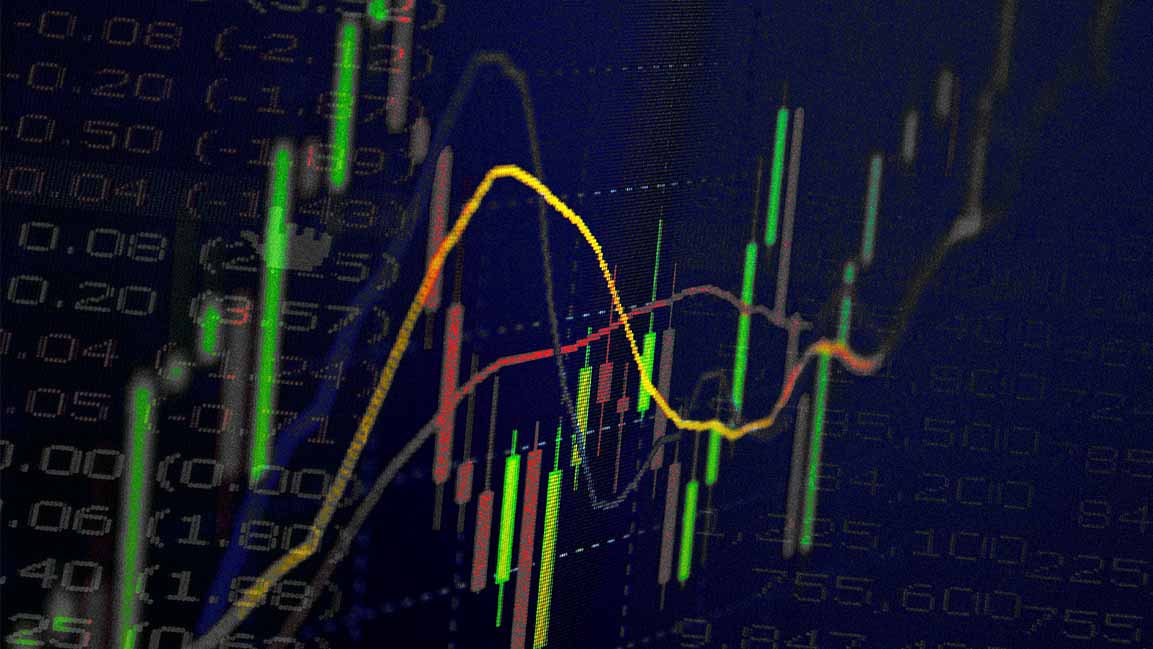
Saudi Arabia's debt capital market has experienced significant expansion, with outstanding debt reaching $432.5 billion by the end of 2024, marking a 20% increase from the previous year. Notably, sukuk—Islamic bonds—constitute 63% of this total, highlighting the Kingdom's commitment to Sharia-compliant financing. The majority of these issuances are denominated in U.S. dollars and Saudi riyals, reflecting the country's strategic approach to attracting a diverse investor base.
The Kingdom's prominence in the DCM is further emphasized by its status as the largest emerging-market dollar debt issuer, excluding China. This position is bolstered by substantial issuances in the first half of 2024, which have solidified Saudi Arabia's leadership in both dollar-denominated debt and sukuk markets. The nation's ambitious Vision 2030 plan and economic diversification efforts have necessitated increased financing, contributing to the growth of its debt market.
The GCC's overall DCM growth is driven by strong oil revenues and strategic economic initiatives. The United Arab Emirates and Qatar follow Saudi Arabia in market share, with the UAE's financial landscape also demonstrating maturity and a significant volume of sukuk and bond issuances. Collectively, Saudi Arabia and the UAE account for a substantial portion of the GCC's debt market, reflecting their developed financial sectors.
Fitch Ratings anticipates that the GCC will remain among the largest emerging-market dollar debt issuers in 2025 and 2026. This projection is based on the region's ongoing economic diversification efforts and the strategic use of debt financing to support large-scale projects and infrastructure development. The agency also notes that approximately 80% of Fitch-rated GCC sukuk are investment-grade, with about two-thirds in the 'A' rating category, indicating strong credit quality within the region.
In Saudi Arabia, the sukuk market maintains a robust credit profile, with 97.4% of Fitch-rated Saudi sukuk classified as investment-grade and 98% of issuers holding a stable outlook. Notably, there were no defaults among Fitch-rated Saudi sukuk or bonds in 2024, underscoring the resilience and reliability of the Kingdom's debt instruments. This stability is attractive to both regional and international investors seeking secure investment opportunities.
The growth trajectory of the GCC's debt market is also influenced by global economic conditions. Fitch Ratings expects the U.S. Federal Reserve to cut rates by 125 basis points to 3.5% by the fourth quarter of 2025, with most GCC central banks likely to follow suit. This anticipated monetary easing is expected to create a more favorable funding environment, potentially lowering borrowing costs and encouraging further issuances in the debt capital markets.
However, the Islamic finance sector faces potential challenges due to proposed changes by the Accounting and Auditing Organization for Islamic Financial Institutions . The organization has suggested that issuers of Islamic bonds transfer legal ownership of underlying assets to investors to align more closely with Islamic principles of risk-sharing. While aimed at harmonizing issuance across jurisdictions, these proposals could introduce legal complexities and increase transaction costs, potentially deterring investors and impacting the $1 trillion sukuk market. Analysts warn that such changes could fragment the market and delay the wider adoption of sukuk, as varying standards across countries may emerge.
Topics
Gcc
